Transforming any outdoor space into a functional, beautiful garden is always a rewarding experience, but doing it in a unique South African environment like Cape Town brings its own character, challenges, and excitement. Nestled between the mountains and the sea, Cape Town’s climate, soil types, and plant diversity offer endless potential for creative landscaping. This project was no exception. What began as a simple intention to neaten the yard evolved into a full-scale garden improvement initiative aimed at creating a sustainable, visually appealing, and low-maintenance outdoor sanctuary.
The goal was clear: bring life, structure, and purpose to a previously neglected space while staying true to Cape Town’s natural feel. The homeowner wanted a garden that blended indigenous plants, practical layout, and aesthetic charm. That meant carefully planning every step—from soil assessment to plant selection, water management, and structural enhancements. Over the course of several weeks, the garden went through dramatic changes, each stage building toward a final result that now feels both inviting and authentically South African.
Initial Site Assessment
Before any work could begin, the first task was a thorough assessment of the space. The garden had uneven terrain, patches of dying grass, and areas overrun with invasive plants. The soil was sandy in some parts and clay-heavy in others, a common challenge in Cape Town due to varying geological formations across neighbourhoods. The existing irrigation was outdated and barely functional, leaving certain areas constantly dry while others were waterlogged.
We spent the first few days analysing sun exposure patterns. In Cape Town, the sun can be extremely harsh in summer, so placing plants correctly is crucial. With strong afternoon sun hitting the western side of the garden, we noted it would be ideal for hardy, drought-resistant species such as spekboom, wild rosemary, and aloes. The cooler, eastern side—shaded by neighbouring buildings—was better suited for ferns, plectranthus, and shade-loving groundcovers.
Clearing and Preparing the Space
One of the most labour-intensive tasks was clearing the existing mess. Overgrown shrubs had choked the walkway, unwanted weeds were sprouting everywhere, and the neglected lawn had become a patchy brown field. We removed dead plants, uprooted invasive species, trimmed back wild branches, and cleared debris. This process alone instantly opened up the garden, revealing the actual shape of the space and making it easier to imagine the redesign.
Next, we levelled uneven areas to prevent pooling during Cape Town’s winter rains. Bringing in good-quality compost and topsoil helped enrich the ground, improving its structure and readiness for new plant life. Soil conditioning is essential in this region because of fluctuating temperatures and inconsistent rainfall. Adding organic matter created a healthy base that would encourage root growth and long-term sustainability.
Designing the Landscape Layout
With a clean canvas, the next step was planning the actual landscape design. The homeowner wanted a mix of functionality and beauty: a space for relaxing, a section dedicated to indigenous plants, and a pathway that made movement through the garden effortless.
We created a flowing stone pathway that curved gently around the garden, connecting the patio area to the far corner. Using natural stone aligned with the Cape Town environment, giving the garden a local, earthy feel. The pathway also helped structure the design, guiding the placement of flowerbeds, trees, and shrubs.
The centre section became the focal point—a raised garden bed built using sleeper wood. This elevated space allowed for layering of different plant heights, adding depth and visual interest. Around it, we planned pockets of indigenous plants that require minimal water and thrive in the region’s climate.
Plant Selection and Installation
Choosing the right plants was a major highlight of the project. Cape Town’s biodiversity is world-famous, and the fynbos biome offers a wide range of hardy, stunning plants perfectly adapted to local conditions. We selected species that were both drought-resistant and visually striking.
Indigenous plant choices included:
Spekboom (Portulacaria afra)
Buchu
Wild iris
Cape snow bush
Agapanthus
Aloe ferox
Erica species (heathers)
For shaded areas, we added:
Plectranthus
Asparagus ferns
Clivias
Groundcovers like mondo grass
We planted in layers, starting with structural plants such as aloes and large shrubs, followed by medium-height flowering species, and finally smaller groundcovers. This approach created depth and ensured year-round visual interest.
Installing an Efficient Irrigation System
Cape Town has experienced severe drought conditions in recent years, making water management essential. The old sprinkler system was removed and replaced with a more efficient drip irrigation system. Drip lines provide water directly to the base of each plant, reducing waste and evaporation. We installed a timer to regulate watering early in the morning, which also helps conserve moisture.
The irrigation setup ensures the garden stays healthy without relying on excessive water usage—a key consideration for sustainability in the region.
Adding Finishing Touches
To enhance the garden’s ambiance, we incorporated several finishing elements. Mulch was added around all the beds to lock in moisture, suppress weeds, and keep the soil cool. Decorative stones were used for edging, giving the garden a neat, clean appearance.
We also added solar-powered garden lights along the pathways and near focal plants. This not only saves energy but also makes the garden glow beautifully at night. A small bench was placed in a quiet corner, turning it into a peaceful spot to enjoy morning coffee or evening relaxation. Below are some of the pictures that were taken during the project.


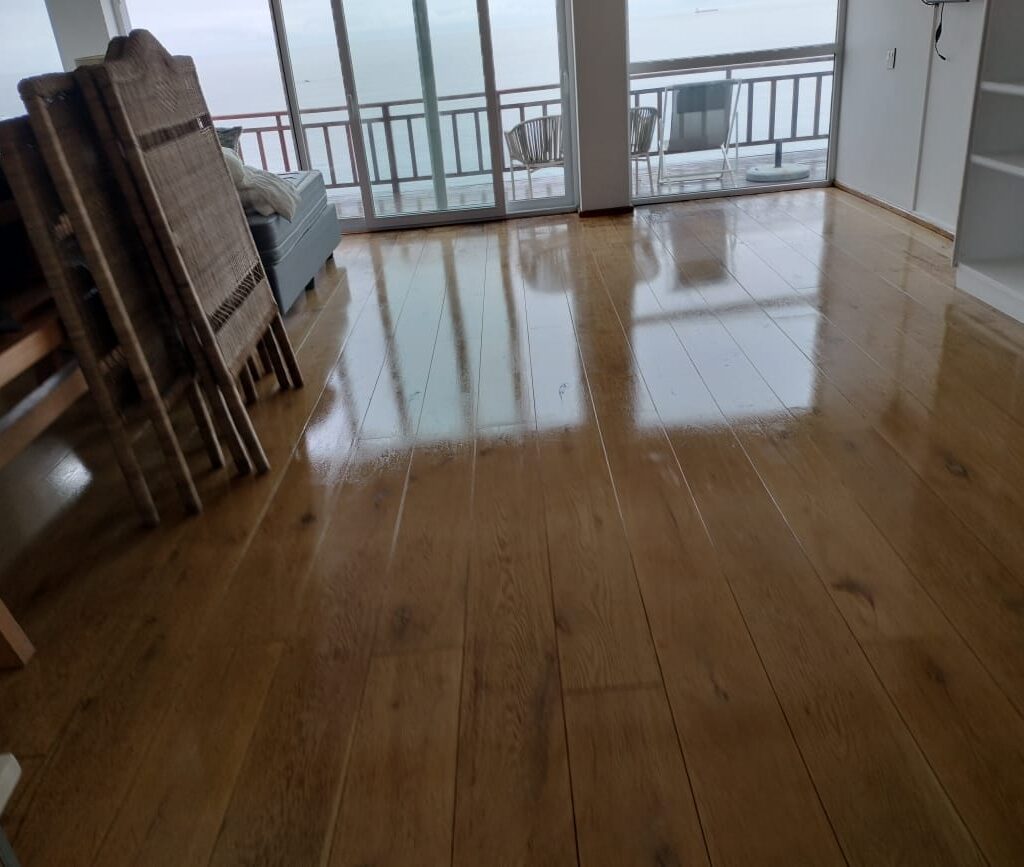


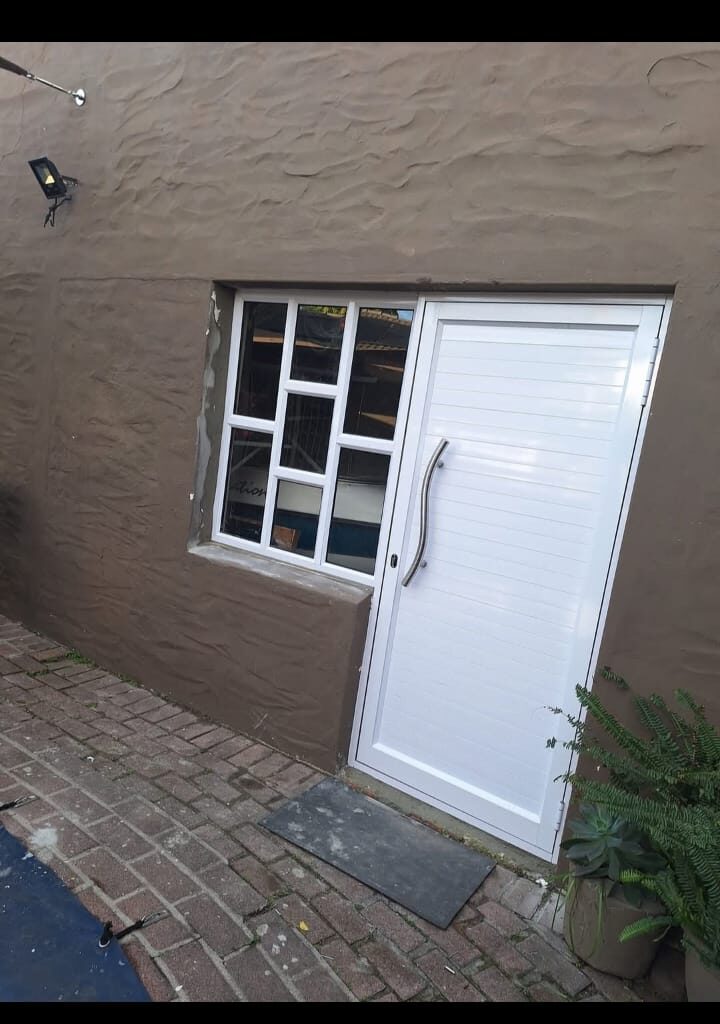
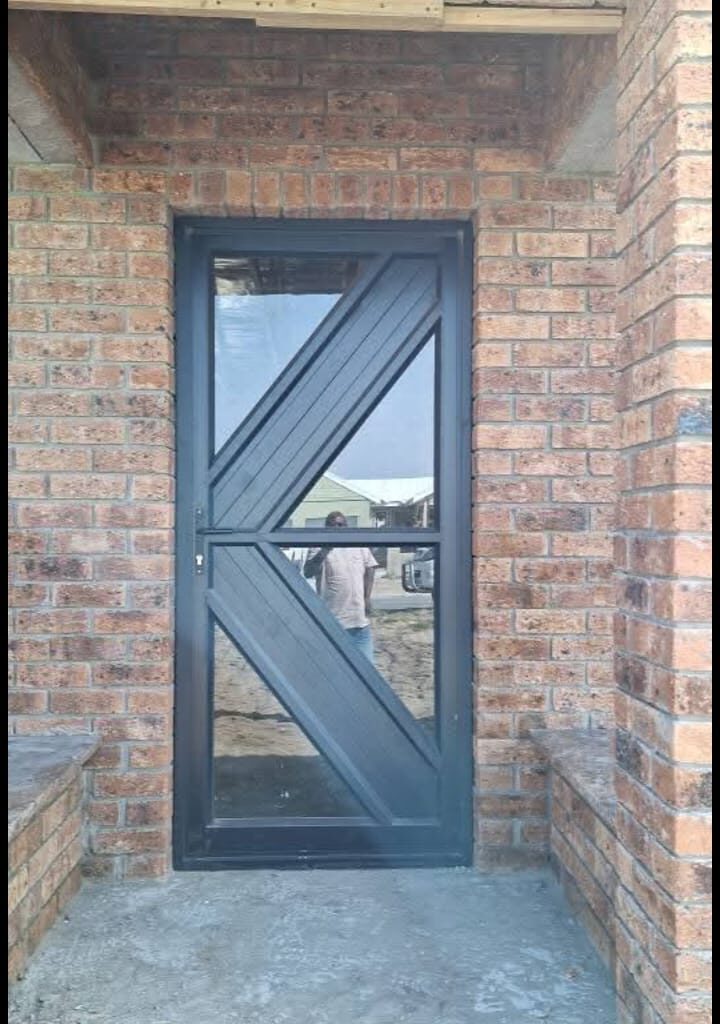
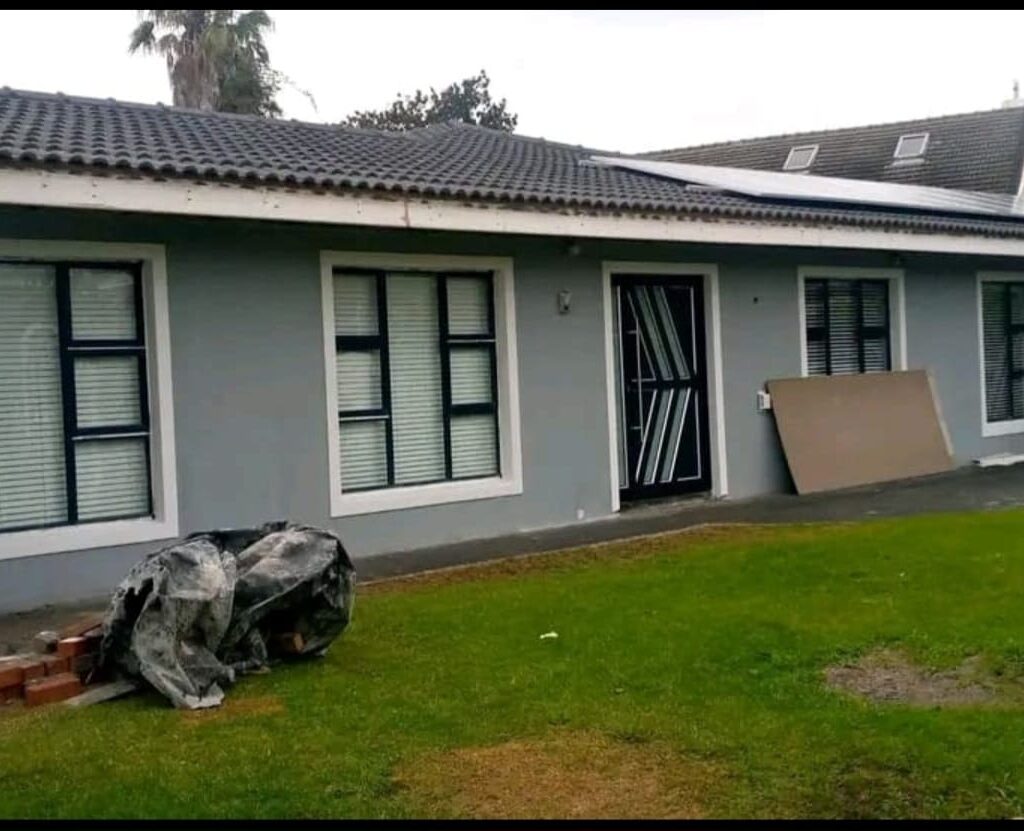
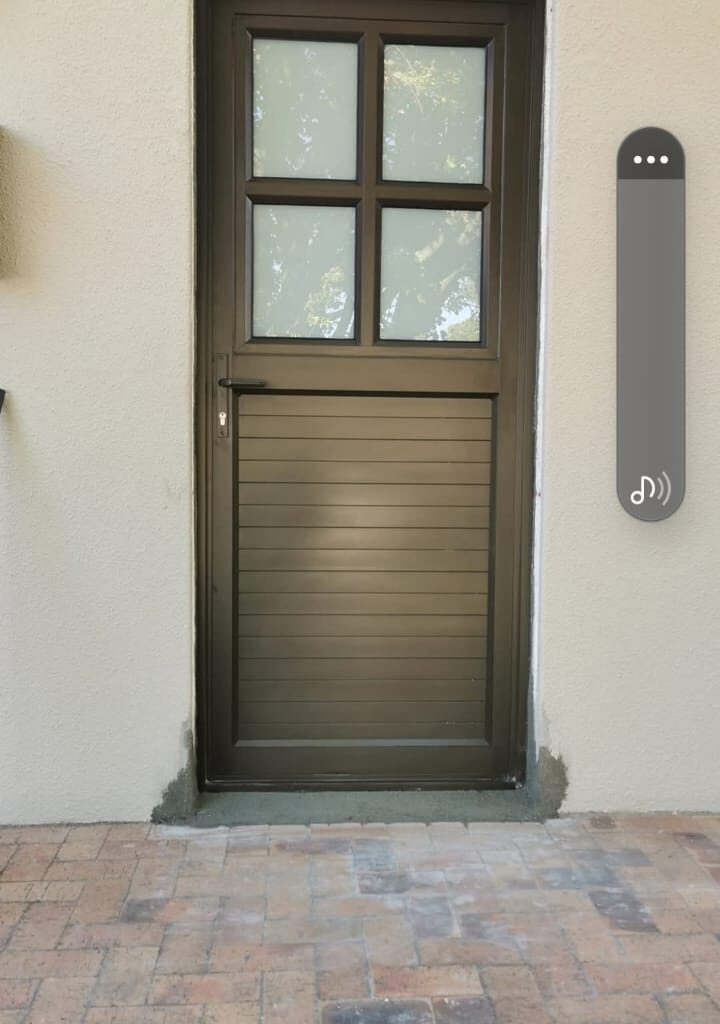
Challenges Faced Along the Way
No landscaping project is without its challenges, and this one came with a few unique difficulties. Cape Town’s weather was unpredictable, with sudden wind gusts and occasional rain disrupting the schedule. At times, sourcing specific indigenous plants proved difficult due to seasonal availability. Some sections of the soil were more stubborn than expected, requiring extra conditioning.
Despite these setbacks, every challenge was overcome through patience, research, and careful planning. Each issue taught us more about the importance of adapting to local conditions.
Project Status: Fully Completed
After weeks of hard work, the garden transformation was successfully completed. What once looked neglected and chaotic is now a structured, flourishing, and welcoming outdoor space. The result is a garden that celebrates the essence of Cape Town—natural, resilient, and full of life. With water-wise landscaping, indigenous plants, and thoughtful design, the garden is set to thrive through every season.
This project stands as a reminder that with proper planning, dedication, and an understanding of the local environment, any outdoor space can be turned into a beautiful sanctuary. The Cape Town garden now serves as a long-term, sustainable, and enjoyable extension of the home.st blog post
